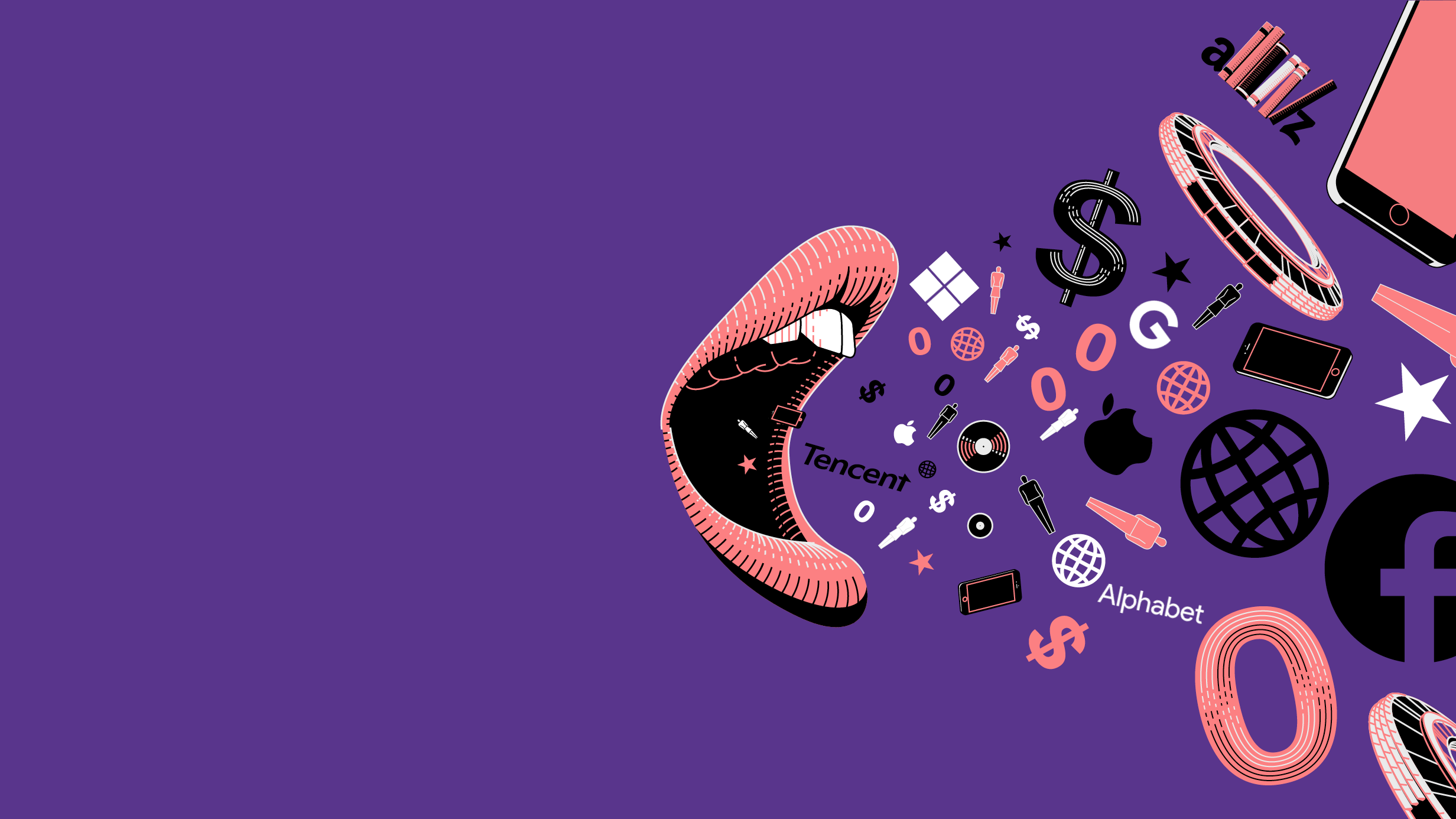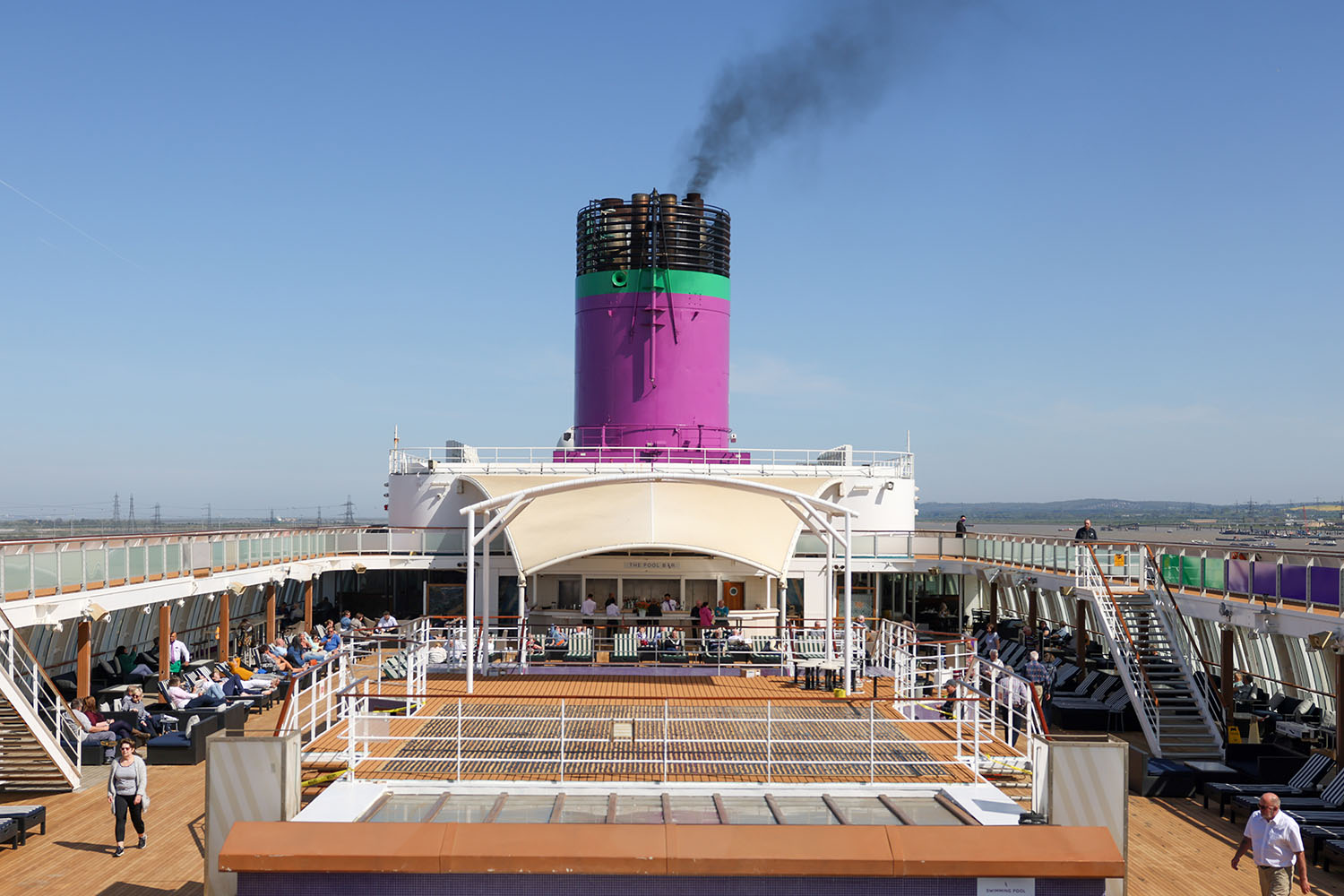
Is Elon Musk's Twitter dying or just getting started?
Long stories short:
- Meta was challenged by its Oversight Board to change the way it moderates drill music videos.
- Microsoft is intensifying its competition with Sony to develop games in China.
- Amazon will face scrutiny over its acquisition of Roomba due to concerns about a data monopoly.
Elon Musk is on a mission to save a dying business. Twitter has not posted a profit since 2019 and has had many more loss-making years than profitable ones. Musk has to reverse a dire financial reality, and it doesn’t look like Donald Trump will help.
Twitter’s business now:
- It made $4.51 billion from advertisers and $572 million from data licensing in 2021.
- It lost $221.4 million that year, and $1.14 billion in 2020.
- It has suffered “a massive drop in revenue” since being acquired, Musk says, and is reportedly losing $4 million each day;
- It has lost 35 per cent of its $2 billion in cash reserves since Musk announced his ambition to buy the platform.
The worsening financial situation, a massive exodus of staff and several high-profile users logging out caused #RIPTwitter to trend across the platform last week. Musk responded: “Twitter is alive.”
Alive or dead? The site itself doesn’t look like it’s dying. Third-party estimates suggest visits to Twitter have increased by 17 per cent (from 6.85 billion to 8.03 billion) in the past month. Musk has claimed Twitter is seeing historic levels of usage, but has also openly lied about the platform’s importance and popularity, saying that it was the “biggest click driver on the Internet by far”. This isn’t true. Twitter drives 7 per cent of web traffic referrals, compared with Facebook’s 74 per cent.
Will downsizing help? Maybe. Traffic to the website might be growing but the workforce that maintains it has shrunk. Filings in 2021 showed Twitter had 7,500 employees. The current number could be as few as 2,500 after resignations and firings in the past month (most of which have depleted Twitter’s sales, safety and moderation teams).
One analyst said the reduced headcount could save Twitter as much as 41 per cent of its total costs and lead to profitability going forward. Google recently announced it would cut 10,000 jobs, following news from Meta (which plans to make 11,000 cuts) and Amazon (also 10,000 firings) of a general downsizing in the technology sector. The industry’s playbook is to fire staff, double-down on revenue-generating business lines and cut-back on unproven and experimental projects.
Twitter’s recent strategy is in line with its competitors. But the mass firings may have irreparably damaged its core business: advertising. One senior advertising executive said: “There are alarm bells ringing with all the sales teams decimated, with multiple chains of leadership broken up and no assurance that things are under control.”
Which only heightens the risk of collapse and financial catastrophe.
What happens next? Advertisers and influencers have paused their relationships with Twitter. Omnicom, the global marketing group which represents McDonald’s, Apple and Unilever, reportedly advised its 5,000 clients to stop spending on Twitter ads.
Phil Smith, Director General at the Incorporated Society of British Advertisers said: “With such rapid organisational change and uncertainty over plans, there’s a heightened need for verifiable assurance.”
For many advertisers, Twitter was already an economically marginal platform. Phil Schiller, a senior exec at Apple responsible for the App Store, has deactivated his Twitter account after 14 years on the platform. If App Store support for Twitter is pulled, Twitter would drift further to the margin and would be unlikely to survive.
After all the departures, Twitter welcomed a new arrival in ex-President Donald Trump. He’s currently ghosting the platform, and hasn’t tweeted since his account was reactivated. Trump apparently doesn’t see a reason to go back to Twitter. Advertisers might feel the same. If so, Musk’s mission is doomed.









